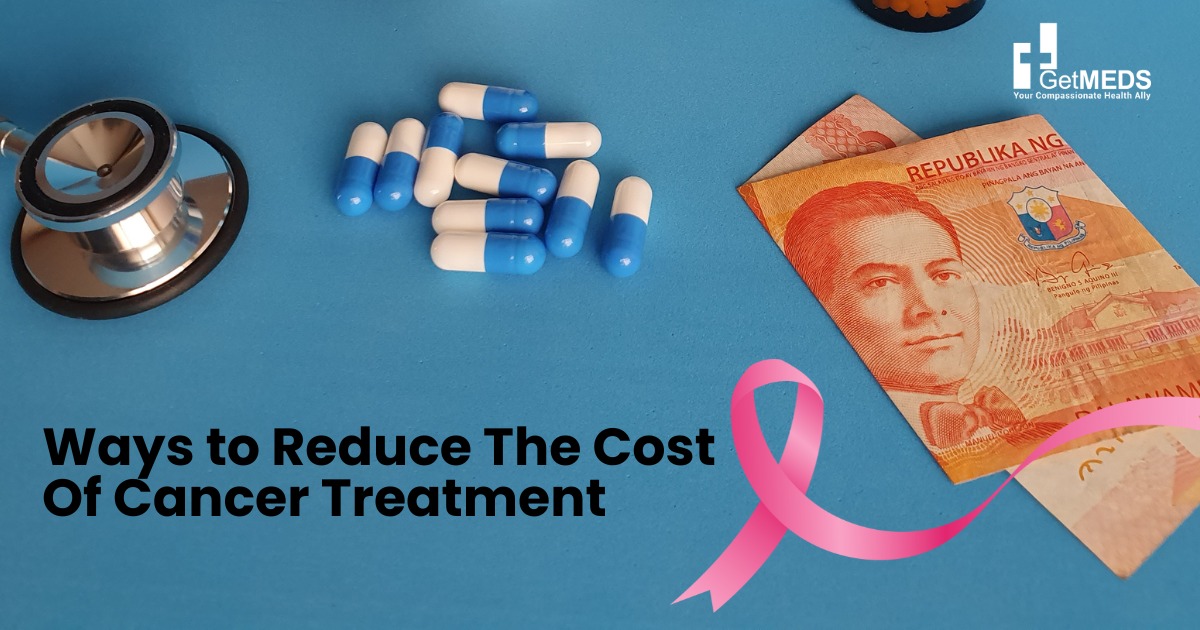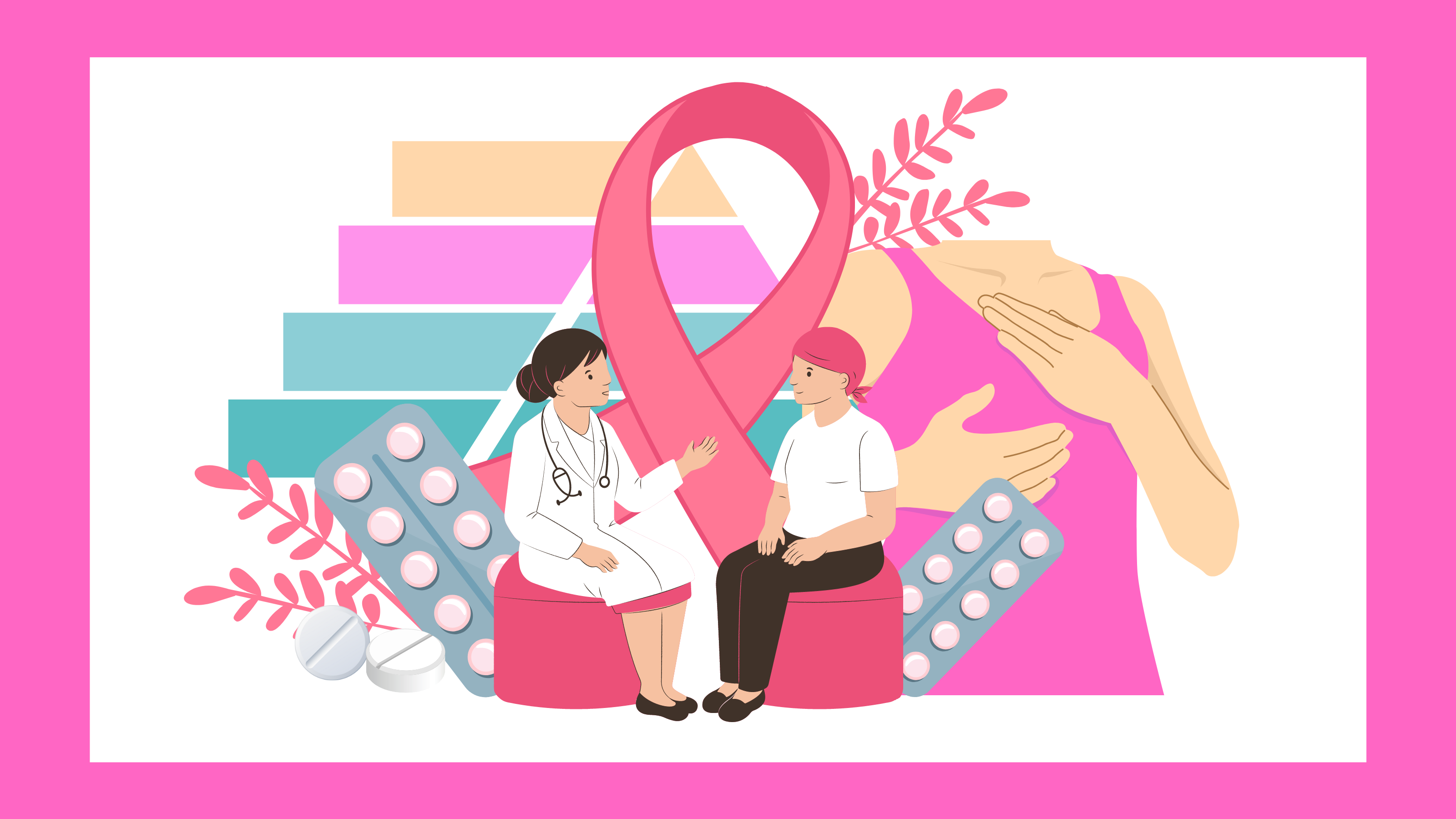Millions of people die every year from various causes, spanning from natural, accidental to disease-related. Cancer alone is a disease responsible for every 1 in 6 deaths each year, and these statistics only continue to grow. Even though there are treatment options available, cancer of any type is still a very serious disease with life-long implications. In men, one of the most commonly occurring types of cancer is lung cancer, while in women it is the third most common type of cancer after breast cancer and colorectal cancer.
Lung cancer, as the name suggests, is a class of cancer that starts growing in the lungs. There are two main kinds of lung cancer:
- Small Cell Lung Cancer (SCLC)
- Non-Small Cell Lung Cancer (NSCLC)
The small cell lung cancer causes typically include smoking of tobacco and less than 20 percent of lung cancers are SCLC. It is also known as ‘oat-cell’ cancer as the cancer cells look like oats under a microscope. Small cell lung cancer is a much more aggressive form of cancer and needs immediate medical intervention.
Non-small cell lung cancer accounts typically for nine out of ten lung cancer diagnosis and is a slower growing form of cancer as compared to SCLC.
There are other types of lung cancers that are rare and fewer cases have been reported to date. Many times, lung cancer symptoms do not present themselves till an advanced stage or till the cancer is metastasized. Once metastasized, it requires aggressive forms of treatment. Therefore, it is of utmost importance that individuals are aware of the effects of lung cancer risk and keep themselves at bay from such elements for as long as possible. There are a few symptoms that one should keep a lookout for:
- Constant or worsening cough;
- Coughing up blood;
- Shortness of breath accompanied by chest pain;
- Hoarse voice;
- Sudden loss of weight without even trying;
- Loss of appetite;
- Shoulder pain;
- Headache;
These are the basic symptoms that are common to both SCLC as well as NSCLC. Advanced stages of lung cancer present itself with severe symptoms that should not be ignored, such as recurring respiratory infections like bronchitis or pneumonia. If cancer continues to grow without detection, it can also cause additional symptoms based on where the new tumours are formed.
While we are talking about the symptoms, why not talk about lung cancer risk factors also, so as to create awareness around the subject. There are many factors that increase the risk of lung cancer. While some of them cannot control, there are several others that one can control or at least maintain caution.
SMOKING:
Every individual is aware of the risks associated with smoking tobacco-based products. Tobacco filled cigars, pipes, and cigarettes are the leading cause of lung cancer worldwide. Tobacco is a toxic substance that contains numerous harmful substances. According to various researches, cigarette smoking individuals are 15 to 30 times more at risk of lung cancer than the rest of the population. Quitting smoking can drastically lower the risk.
Although smoking is one of the leading causes of lung cancer, it is not the only cause, there are several other risk factors that individuals put themselves through on a daily basis without even knowing.
- Second-hand smoke-
Even if a person does not smoke, they are still exposed to second-hand smoke every day, while travelling, sitting in public areas, or even hanging out with fellows who smoke. Second-hand smoke may not be one of the leading lung cancer causes, but it definitely puts the person at an increased risk. - Radon gas-
When uranium naturally breaks down in water, soil, and rock, radon gas is produced in the environment. Although it is in the ground, it can still creep up in the buildings through small cracks and crevices which are inhaled by the residing people. Exposure to radon gas increases the risk of lung cancer even in non-smokers. - Asbestos and other carcinogens-
Nickel, arsenic, chromium are all cancer-causing substances that can put exposed people at risk, especially smokers. Workplace exposure to toxic substances such as asbestos and diesel exhaust can put one at a higher risk of lung cancer. - Air pollution-
Though it is much lesser than smoking, air pollution still poses a threat and risk for developing lung cancer. - Family history-
A person with a family history of lung cancer is definitely at a larger risk than others and therefore needs to take proper lung cancer prevention steps or as guided by a family doctor/physician.
PREVENTION:
It has rightly been said that “prevention is better than cure.” Although there is no sure-shot way to prevent lung cancer entirely, one can always reduce the risks by:
- Avoid Peer Pressure!
Do not get influenced by peer pressure or start smoking to ‘look cool’. Even if a person has been smoking for years, they can quit effectively with proper help from their doctors to deal with withdrawal effects, thus lowering their risk of lung cancer; - Avoiding exposure to second-hand smoke
One can always avoid public places where others can smoke freely, or go to places in a no-smoking zone for lower effects of lung cancer risk. If one lives or works with a smoker, they can ask them not to smoke in the room, or at least step outside for courtesy sake; - Testing home or workplace for radon gas levels
One can always get radon testing done in their homes or workplace for the radon gas levels in the environment so as to ensure that it is a safe place to work; - Avoiding working with carcinogens
One must always take the necessary precautions when working with known hazardous substances. Following set guidelines and not smoking at the workplace helps in lowering the risk of lung cancer. - Maintaining a healthy lifestyle
Enough emphasis cannot be put on how important it is to include a diet with vitamins and nutrients rich fruits and vegetables. Exercising regularly also helps maintain a healthy lifestyle which ultimately motivates an individual to stay away from the known lung cancer risk factors.
It is of utmost importance that people at higher risk or working in an environment that increases the risk of lung cancer go in for regular screenings to help in early detection and get required treatment in time.

 Login/Register
Login/Register
-777x437.png)










Be the first to comment on "Lung Cancer Awareness: Are You at Risk?"